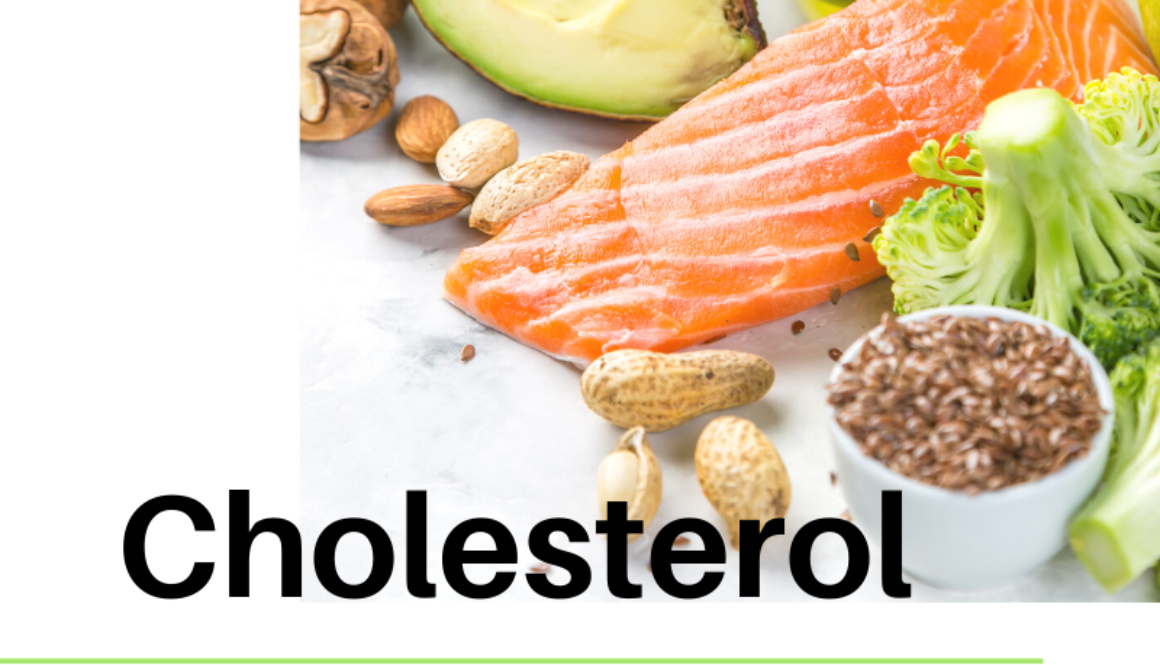Cholesterol: The good and the bad
Cholesterol is a naturally occuring fat that is produced by your liver. It allows the nervous system to repair itself and is crucial to the absorption of fat-soluble vitamins A, D, E, and K. Cholesterol is also found in the food you eat including meat, dairy and eggs.
When cholesterol is carried throughout your body, it is attached to proteins. This combination of cholesterol and proteins is called lipoprotein. You’ve probably heard them more frequently referred to as LDL (Low-density lipoprotein) and HDL (High-density lipoprotein).
HDL picks up the excess cholesterol and carries it back to the liver. This is the “good” cholesterol.
LDL carries cholesterol particles throughout the body. When there is too much LDL, it builds up in the wall of the arteries making them hard and narrow. This is why it’s called the bad cholesterol. This is also the number that indicates if you have high cholesterol.
High cholesterol can be inherited, but it is often the result of poor diet and lifestyle choices.
Poor diet: Eating foods like red meat and full-fat dairy products will increase your cholesterol levels. Foods containing saturated fats and trans fats like commercially baked cookies, crackers and even microwave popcorn can raise your cholesterol levels, too.
Lack of exercise: Exercise is good for your mental health, and for building muscle and burning fat, but it will also boost your body’s HDL (good cholesterol). Exercise also increases the size of the particles that make up your LDL (the bad cholesterol), which makes it less harmful.
Obesity: A poor diet, lack of exercise, and having a body mass index (BMI) of 30 or greater can lead to obesity which can also result in high cholesterol.
Smoking: Not only does smoking damage your lungs, it also damages the walls of your blood vessels which makes them more prone to the build-up of fatty deposits. Smoking may also lower the level of HDL cholesterol.
Age: As you age, the risk of high cholesterol increases. This is due to the liver becoming less able to remove the LDL cholesterol.
Diabetes: High blood sugar damages the lining of your arteries and also contributes to higher levels of a dangerous cholesterol called very-low-density lipoprotein (VLDL) and a lower HDL cholesterol.
Prevention is the key to controlling your cholesterol levels. Here are some tips to prevent high cholesterol:
- Eat healthy foods like fruits, berries, vegetables and whole grains.
- Limit red meat, but eat fish, seeds, and nuts in moderation
- Maintain a healthy weight
- Stop smoking
- Exercise for at least 30 minutes most every day.
- Drink alcohol in moderation, if at all.
- Manage stress
Concerned about your cholesterol levels? A blood test by your doctor is the only way to know your numbers. Children are generally tested once between the ages of 9 and 11, and again between the ages of 17 and 19. Adults with no risk factors for heart disease are usually tested every five years for high cholesterol. Depending on family history of high cholesterol, heart disease, and other risk factors listed above, you may be tested more frequently.
When diet, exercise and lifestyle choices are not enough to improve your cholesterol numbers, your doctor may prescribe a statin drug such as Lipitor or Crestor. Statins work by reducing blood cholesterol and the liver’s production of cholesterol to prevent atherosclerosis, heart disease and stroke. These drugs should not replace a healthy lifestyle. Talk to your doctor or pharmacist if you think you are at risk for high cholesterol. Sometimes a change in lifestyle is the only prescription you need.
Sources: Mayo Clinic, Harvard School of Public Health, and Better Nutrition.

